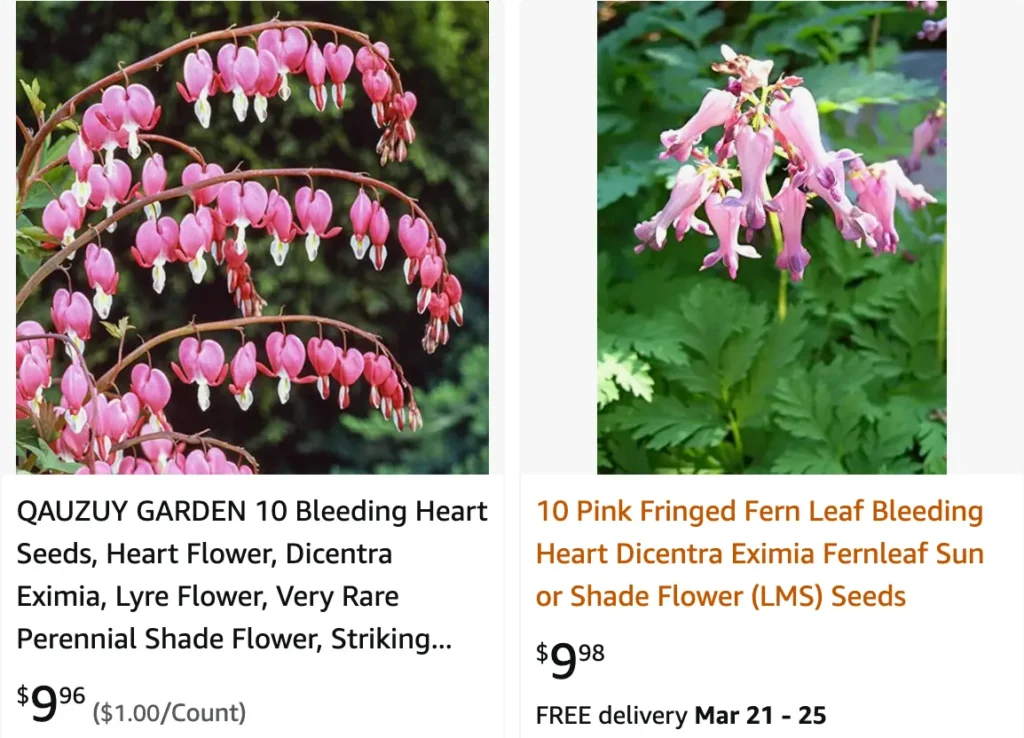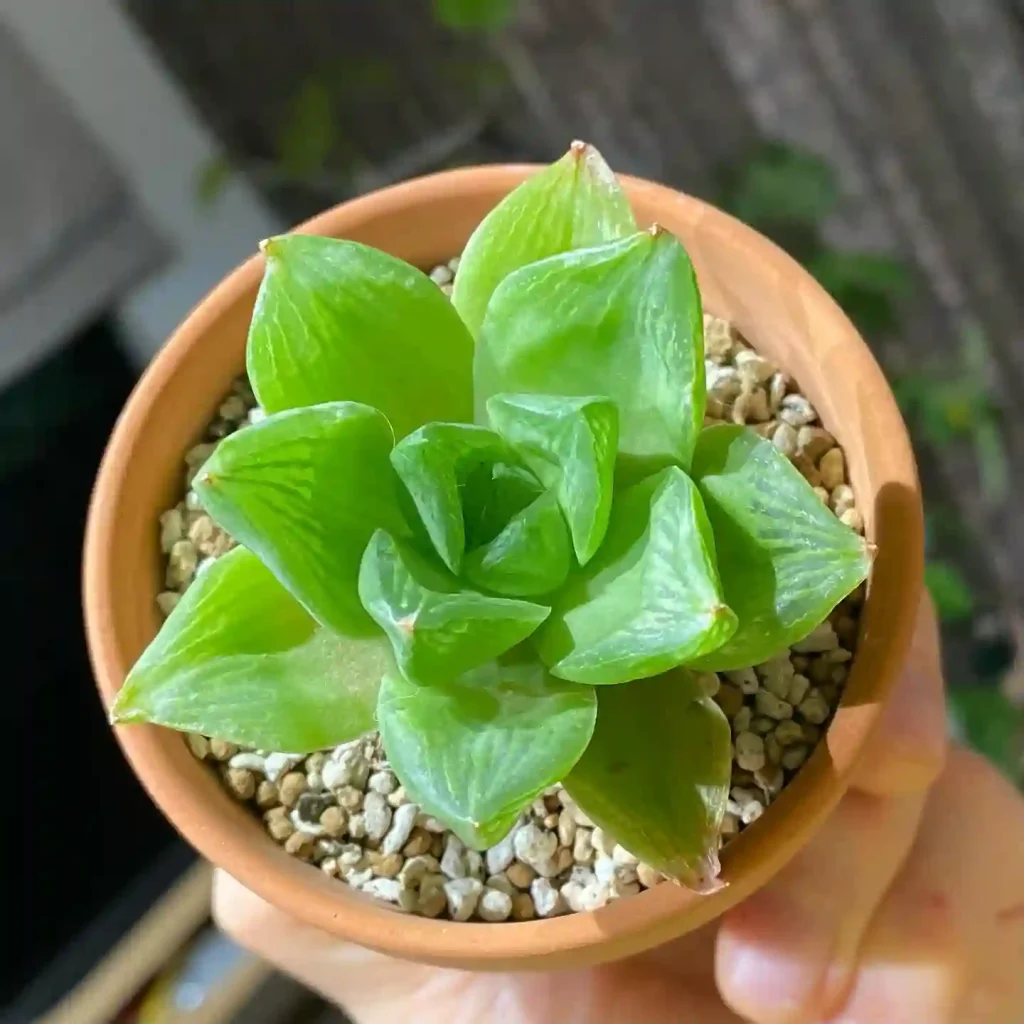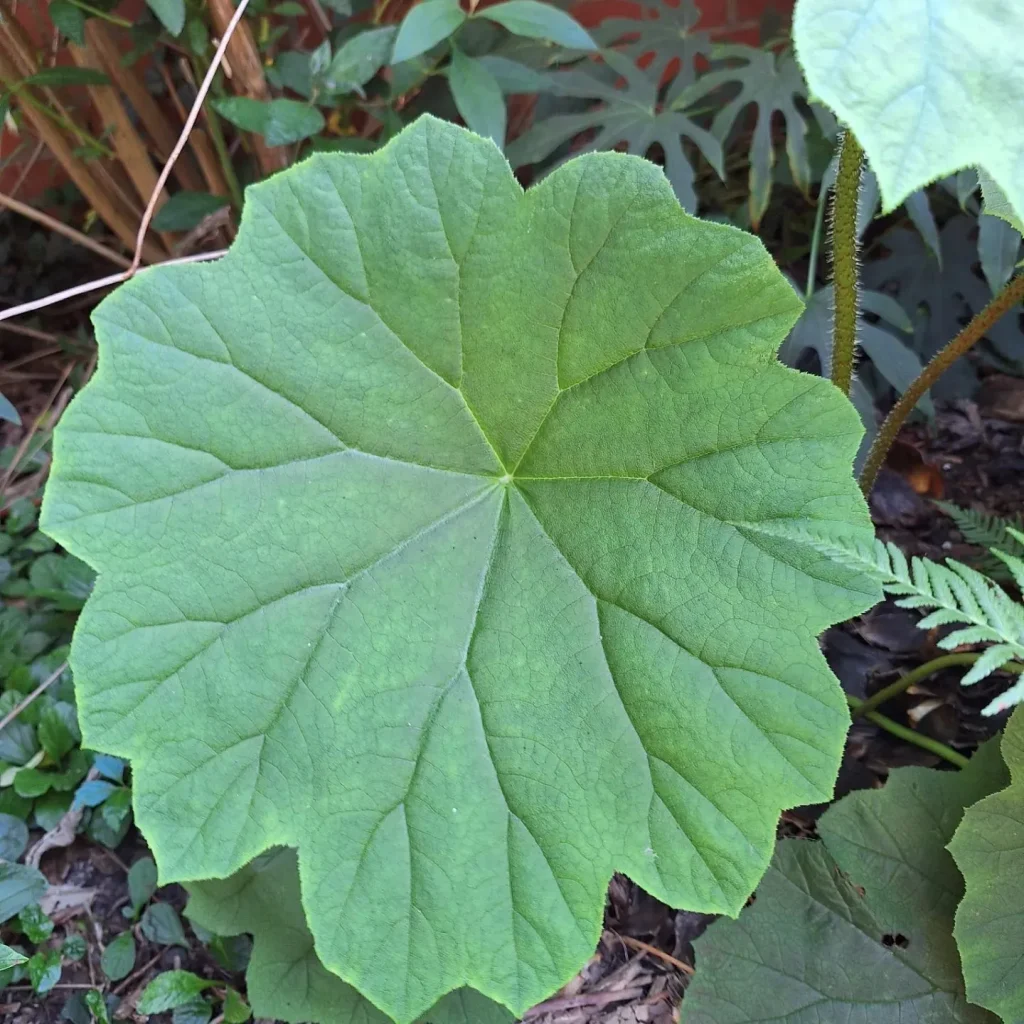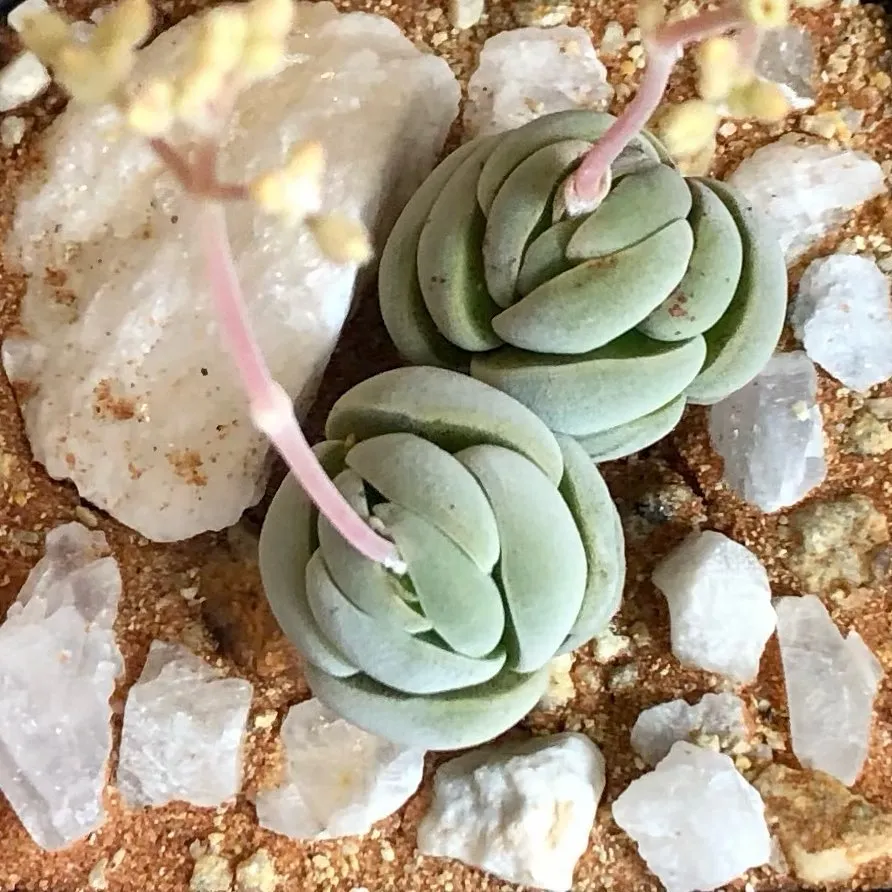
The Allure of Dicentra Eximia: A Gardener’s Guide
Dicentra Eximia, the Fringed Bleeding Heart, has captivated me with its delicate charm. Unlike its bolder cousin, Dicentra Spectabilis, the Eximia boasts a finer texture, its foliage laced with ferny green and its flowers adorned with wispy fringes. The dangling, heart-shaped blossoms in shades of pink and white add a touch of whimsy to any shady corner of the garden.
For years, I’ve experimented with growing this captivating perennial, and I’m here to share the secrets I’ve unearthed. Whether you’re a seasoned gardener or a curious novice, this guide will equip you with the knowledge to cultivate your own patch of Dicentra Eximia magic.
8 Species in Genus Dicentra
Where Does Dicentra Eximia Thrive?
Dicentra Eximia is a native of eastern Asia, specifically Korea and northern China. It flourishes in cool, moist climates and prefers dappled shade or partial sunlight. While it can tolerate full shade, expect fewer blooms. The ideal spot mimics its natural woodland habitat – sheltered from the harsh midday sun but bathed in the gentle morning or afternoon light.
Dicentra Eximia vs Formosa
I’ve found Dicentra Eximia to be a charming addition to my garden with its delicate, fern-like foliage and bright, airy blooms, which give a lovely, soft look to shaded areas. In contrast, Dicentra Formosa has a more robust presence with its larger, heart-shaped flowers that add a vibrant splash of color and a more structured form to the garden.
Dicentra Eximia vs Dicentra Peregrina
When comparing Dicentra Eximia to Dicentra Peregrina, I noticed that Eximia’s dainty, lacy leaves and persistent blooms created a refined, elegant display, while Peregrina’s more intense, almost fiery blossoms made a bold statement and drew more attention with their striking appearance.
How to Plant Dicentra Eximia?
Planting Dicentra Eximia is a straightforward process, but a little preparation goes a long way. Here’s what you’ll need:
- A healthy Dicentra Eximia plant (available from nurseries or online retailers)
- Shovel
- Compost or aged manure
- Mulch (optional)
Step 1: Choosing the Right Time
The best time to plant Dicentra Eximia depends on your climate. In cooler regions, fall plantings allow the roots to establish themselves before winter. In warmer areas, early spring is ideal, before the summer heat sets in.
Step 2: Preparing the Soil
Dicentra Eximia prefers fertile, well-drained soil rich in organic matter. Amending your existing soil with a generous amount of compost or aged manure will create the perfect environment for your new plant. Aim to loosen the soil to a depth of 8-12 inches, ensuring proper drainage.
Step 3: Planting Your Dicentra Eximia
Dig a hole large enough to accommodate the root ball of your Dicentra Eximia. Gently remove the plant from its container, taking care not to disturb the roots excessively. Place the plant in the hole, ensuring the crown (the point where the roots meet the stem) sits about an inch below the soil surface. Backfill the hole with amended soil, pressing gently to remove air pockets.
Step 4: Watering and Mulching
Water your newly planted Dicentra Eximia thoroughly. Applying a layer of mulch around the base of the plant (keeping it away from the crown) will help retain moisture and suppress weeds.
How to Care for Dicentra Eximia?
Once established, Dicentra Eximia is a relatively low-maintenance plant. However, a few key practices will ensure it thrives in your garden.
- Watering: Dicentra Eximia prefers consistently moist soil, especially during the flowering period. Water deeply during dry spells, allowing the top inch of soil to dry out between waterings.
- Feeding: While Dicentra Eximia isn’t a heavy feeder, a light application of balanced fertilizer in early spring can encourage healthy growth and flowering.
- Deadheading: To prolong the bloom period, deadhead spent flowers by pinching them off at the base. This will prevent seed production and encourage the plant to focus its energy on producing more flowers.
- Dividing: Over time, Dicentra Eximia clumps can become overcrowded. Dividing these clumps in early spring allows you to rejuvenate the plant and create new ones.
What to Plant With Dicentra Eximia?
Dicentra Eximia pairs beautifully with a variety of shade-loving companions. Here are a few suggestions:
- Ferns: The delicate texture of ferns complements the airy foliage of Dicentra Eximia. Hostas, with their broad leaves, also create a lovely contrast.
- Columbines: These colorful perennials add a touch of vibrancy to the shade garden.
- Lungworts: The spotted foliage of lungworts adds interest and texture to the planting scheme.
- Japanese Painted Ferns: The contrasting colors and textures of these ferns create a stunning visual effect.
Conclusion: The Reward of Patience
Dicentra Eximia may not be an instant gratification plant. Its first bloom season might be a little shy. But with a little patience and proper care, this enchanting perennial will reward you with years of cascading pink and white blossoms, adding a touch of elegance and whimsy to your shady haven.
If i die, water my plants!



